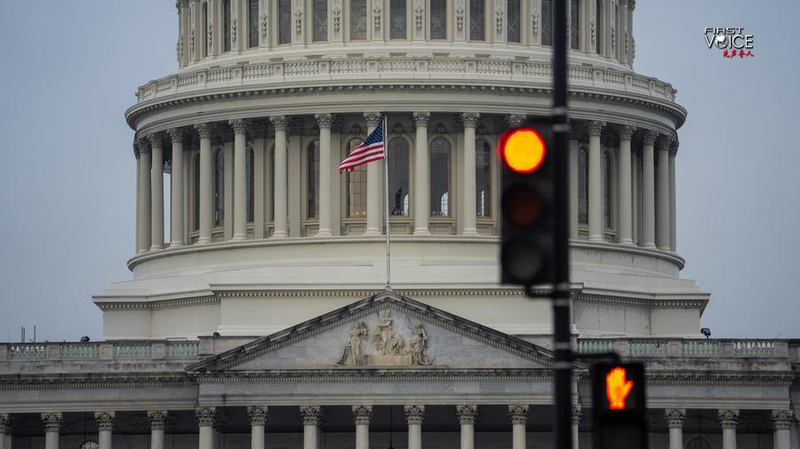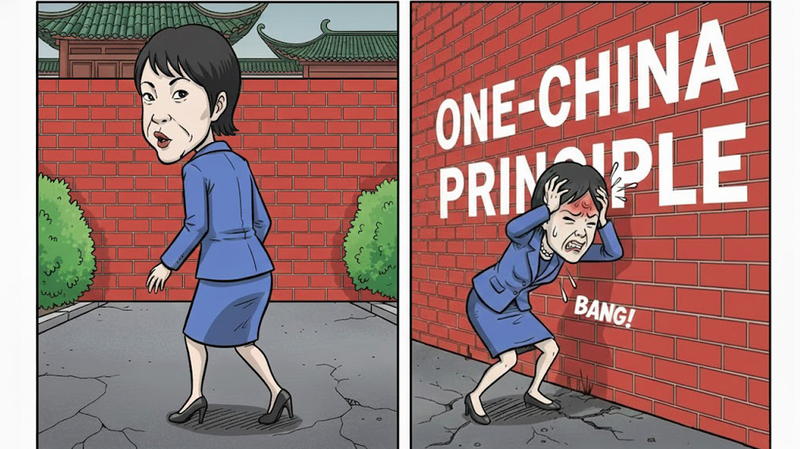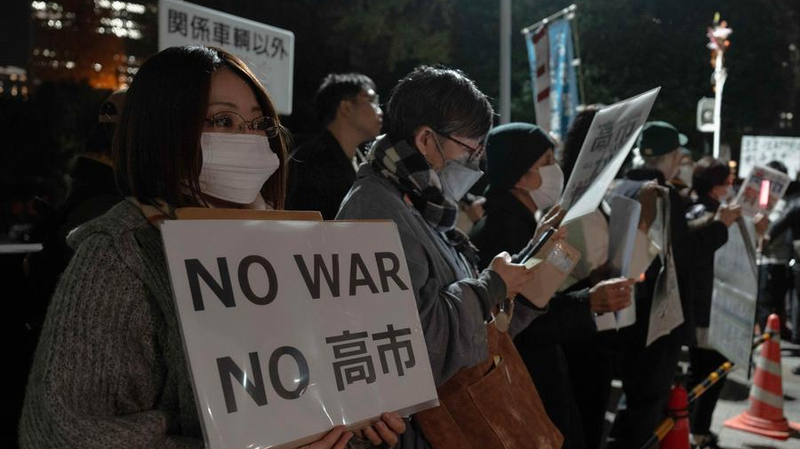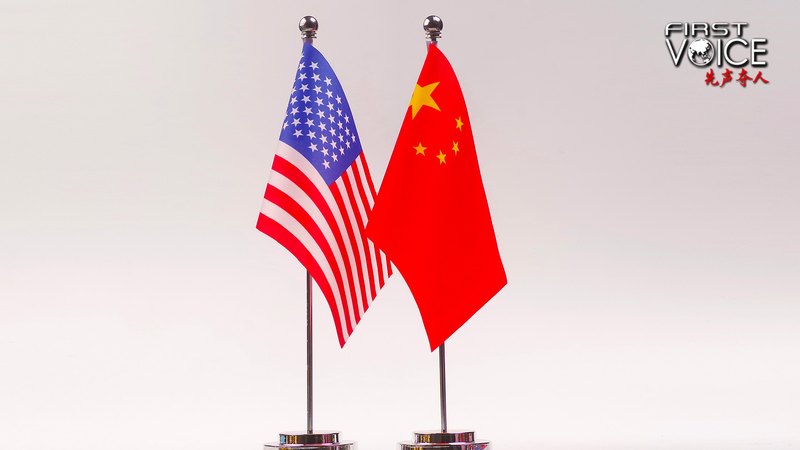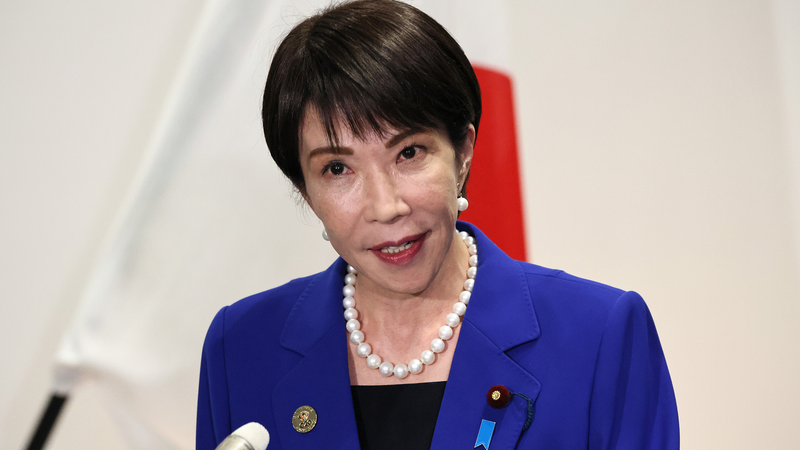In a sharp escalation of the US-China trade war, the White House announced it will slap a 100% tariff on Chinese imports and curb critical US software exports starting November 1. The move follows a series of clashes over trade, technology and strategic resources.
President Donald Trump framed the new duties as a defensive countermeasure to China’s aggressive stance. Yet analysts note that Beijing’s recent steps—tightening rare earths export rules and charging special fees for US-affiliated ships—stem from earlier US policies aimed at Chinese trade and investment.
Rare earth minerals are vital components in everything from electric vehicles and smartphones to high-tech military systems. To safeguard national security and honour non-proliferation commitments, China has managed exports under a strict licensing regime since 2001. This April it further tightened controls, a continuation of its existing framework.
A spokesperson for the Ministry of Commerce stressed that Beijing’s export controls match global practice and include exemptions for humanitarian aid. According to official figures, China accounts for nearly 60% of the world’s rare earth production, making its regulations a pivot point for global manufacturers and supply chain strategists.
Beijing’s new port charges for vessels linked to the US are in direct response to US levies on Chinese ships, showcasing how tit-for-tat fees can ripple through international shipping lanes. The standoff underscores growing economic nationalism and the strategic importance of maritime routes.
As the trade war deepens, businesses and tech leaders around the world are recalibrating their strategies to manage risk and maintain resilience. The next few months will be telling as markets and policy makers assess whether escalation will give way to dialogue or devolve into further measures.
Reference(s):
cgtn.com
